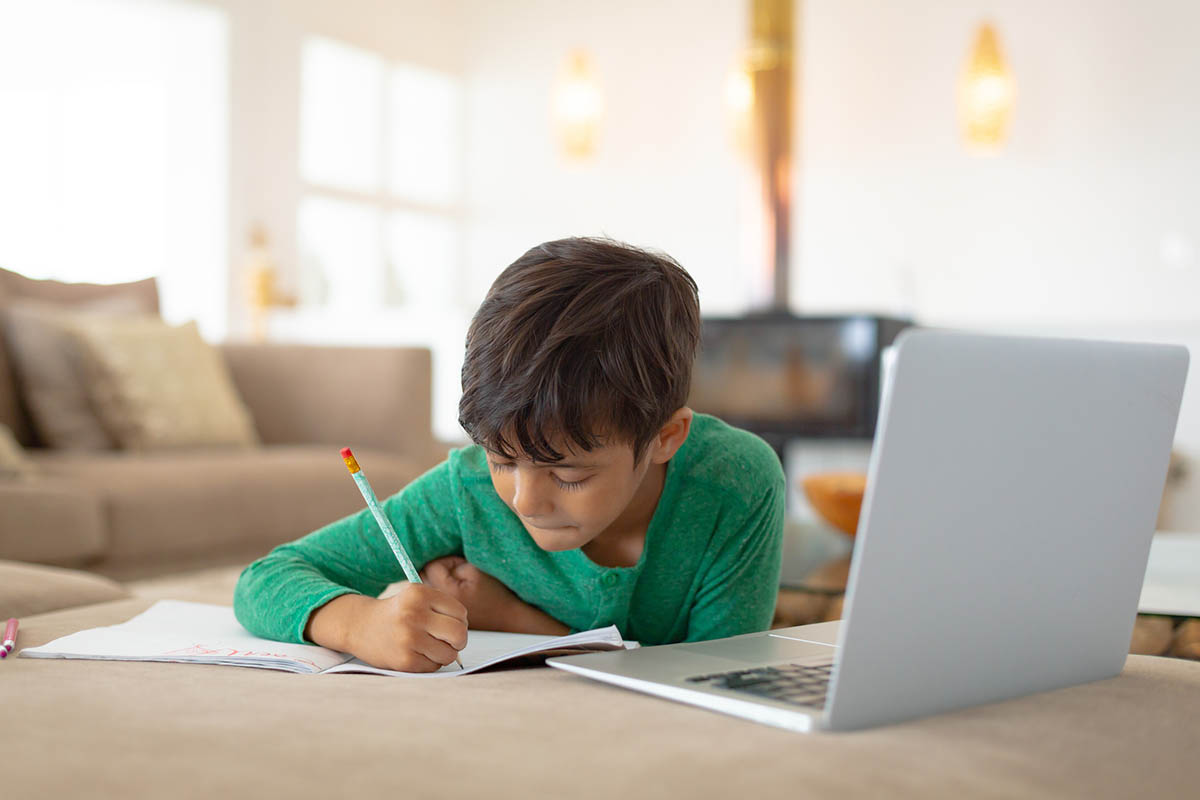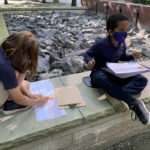As many schools around the world close due to COVID-19 (Coronavirus), IB World Magazine shares some challenges and solutions for education continuity in the third part of our blog series.

What is “education continuity”?
Education continuity is the process of ensuring that learning and teaching continues in the face of an emergency. Most schools are developing or are now following education continuity plans in the wake of the COVID-19 outbreak.
Everyone in the school community plays a part in education continuity, especially when learners have to be physically separated from school. School is a social institution that helps organize the community: when it is disrupted, the timing, roles and responsibilities of all community members have to adapt.
Why is education continuity more challenging during long-term closures?
Many education continuity plans involve schools suspending learning and teaching to deal with the emergency. For long-term school closures, this is not always a solution schools can choose, though some may suspend learning and teaching for a variety of reasons.
“Checking in with learners regularly is important.”
Schools that decide to continue with learning and teaching have asked teachers to quickly learn how to move their lessons off-campus and share some of their responsibilities with parents and guardians. Learners also have to be more independent, more diligent in connecting with their teachers and be able to navigate any situation they have at home. Parents and guardians are now part of their children’s learning experiences in ways they have never have been before.
What can school communities do to make this transition more manageable?
The school community can use strategies like these to continue learning:
Teachers can set up a variety of learning activities
There are two kinds of online learning and teaching that schools need to balance: synchronous (happening collaboratively and at the same time with a group of online learners and usually a teacher) and asynchronous (happening at any time, not necessarily in a group but with teacher feedback).
Asynchronous learning can also happen without online access, although schools would need time to plan work and communicate expectations to students, parents and guardians.
Gathering for synchronous learning via video chat tools like FaceTime or Zoom is great, but if everyone is not in the same time zone or does not have the resources to chat, then this may be a challenge. It’s worthwhile to remember that synchronous teaching is not essential; the goal is not to recreate face-to-face classrooms. What is essential is the ability to communicate with students, parents and guardians on a regular basis. Online is one way, but mobile phone is also effective to just check-in on how learning is happening.

Finding ways for students to connect and work collaboratively through discussion forums and chats can be effective, even when teachers can’t be there every time. Schedule these times and inform parents and guardians where the forums are and when students can meet. This allows for student responses over a longer period of time and parents and guardians to better schedule their own time as well as their children’s.
Additionally, students can also do collaborative writing or story making that doesn’t require them to be together. Quizzes, polls and surveys as well as educational online games which can be accessed by anyone are also easy to organize. Many of these solutions can be used on a mobile phone, which may make it easier for families to access.
Teachers and administration can give effective feedback to students, parents and guardians
Checking in with learners regularly is important. Students can get feedback automatically from online quizzes and intelligent tutors, as well as direct comments or discussion from peers and teachers. Encourage students to take part in discussions by organizing meeting times with small groups of students who are in similar time zones and combine that with collaborative activities.
Invite parents and guardians to some gatherings to talk about how learning and teaching works for them. Most will want to help their children, but they may not have time or may feel they aren’t sure how to help. Remember that part of the responsibility for teaching has transferred to them: teachers, counsellors and librarians can be very effective in helping parents feel they can supervise their children’s learning.
However, it is important to always ask students for their feedback, then provide some opportunities for parents and guardians to offer feedback as well. This helps the whole community understand how they are doing and whether this method of learning is effective for everyone. Using a survey tool or simply emailing questions to them helps.
Everyone can manage screen time
‘Screen time’ refers to the amount of time a user spends on a device to access on-screen activities. Video conferencing and social interactions using video do not count towards screen time.
For ages two to five: one hour, broken into sessions of a maximum of 30 minutes per day is recommended by the American Academy of Pediatrics. From age six and above, there are no specific screen time limits, but screen time should not affect physical activity and face-to-face interactions. Staying physically active is vital for helping control symptoms of anxiety, as well as staying fit (see point 4).
Some screen time activities such as online socializing and gaming can be very immersive, so consistent limits are very important. Make sure that activities are limited in length with clear goals that learners can retain when they are finished.
Everyone can make opportunities for physical activity
Try to assign activities and discussions that encourage students to seek out physical activities and tasks. Ensure that they can share evidence and reflect on the activity―video conferencing can be used here. For example, students could help design their own physical activities. Parents or guardians will need to supervise younger learners and the school should provide guidelines. If students are under quarantine or need to remain indoors, virtual learning environments and intelligent tutors can provide support or in some cases, a simple phone call for instructions and encouragement is sufficient. Physical education teachers are encouraged to use secure video sharing of their own physical activities to share with learners and other teachers.
The entire school community can be involved
Counsellors, co-teachers, librarians and other support specialists should not be underestimated, as they are a major source of learning for the entire community. Counsellors can support parents and guardians with directing learning and teaching at home, checking on their children’s social welfare and providing online updates to the community about learning, teaching and staying healthy and safe at home.
Co-teachers, especially those in inclusive education, have the experience to help students with special challenges. Co-teaching does not have to end when a school goes online. Librarians can seek out online or physical resources for students as well as assist with teaching responsibilities, depending on the school.

In some communities, parents and guardians may have access to online tools, technical experience, or other skills that can help the entire community. Many local and global tech companies are offering services to help schools stay running.
Teachers and students can work together for assessment
Assessment can be challenging with online learning as they are difficult to administer. Instead, use formative assessments that are designed to get students to work together. If the teacher is working directly with groups of students on their work, it is far easier for the teacher to monitor what the students are doing and to check their understanding.
“Interviewing students about their work on audio or video feeds is also helpful in finding out if they have a good understanding of it.”
To help students avoid copying others, create questions and inquiries that require learners to embed their personal experiences and context into any assessed content. Have a very clear policy on how students submit work online, so they know what is expected of them. Plagiarism checkers are also useful tools to check individual work.
For older students, use MOOC’s (massive open online courses) for certain topics or units as they are designed to create learning experiences that are evaluated using more multiple-choice and short answer assignments.
Have a look at how schools are responding to the COVID-19 outbreak by going virtual and how students are demonstrating resilience during this period. For more advice, download the IB’s Online learning, teaching and education continuity planning for schools
If you enjoyed this story, consider reading more below:




Comments are closed.